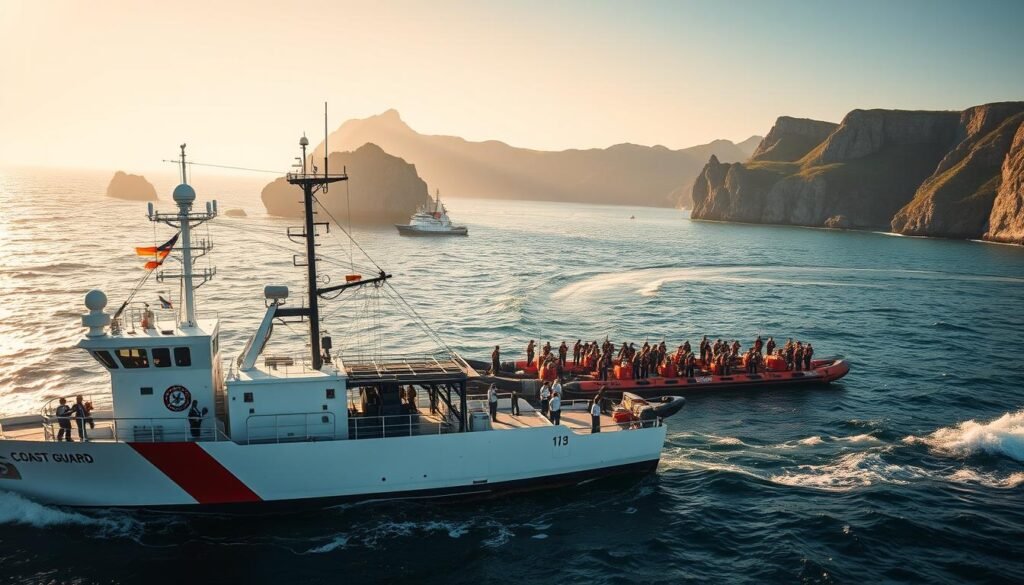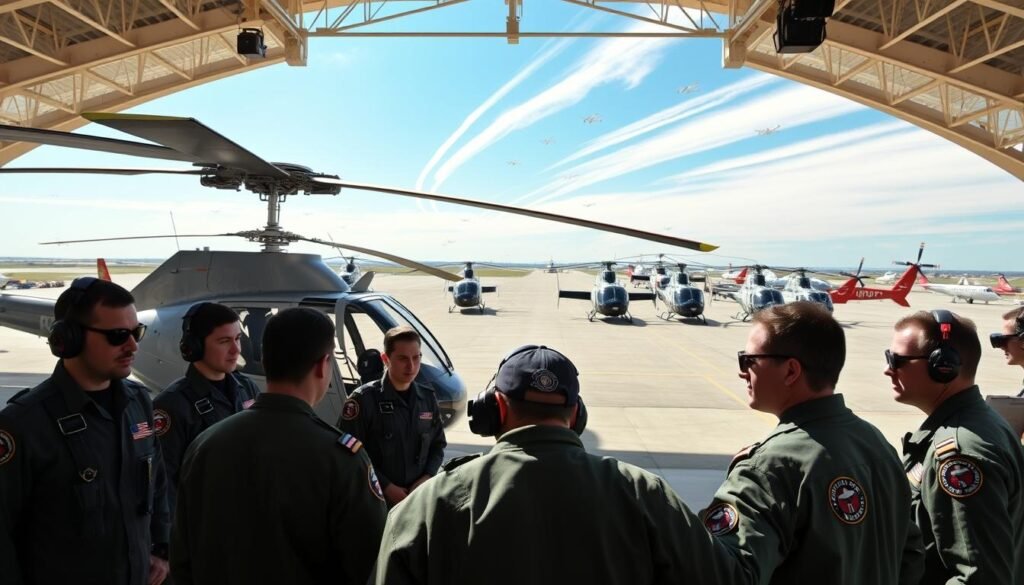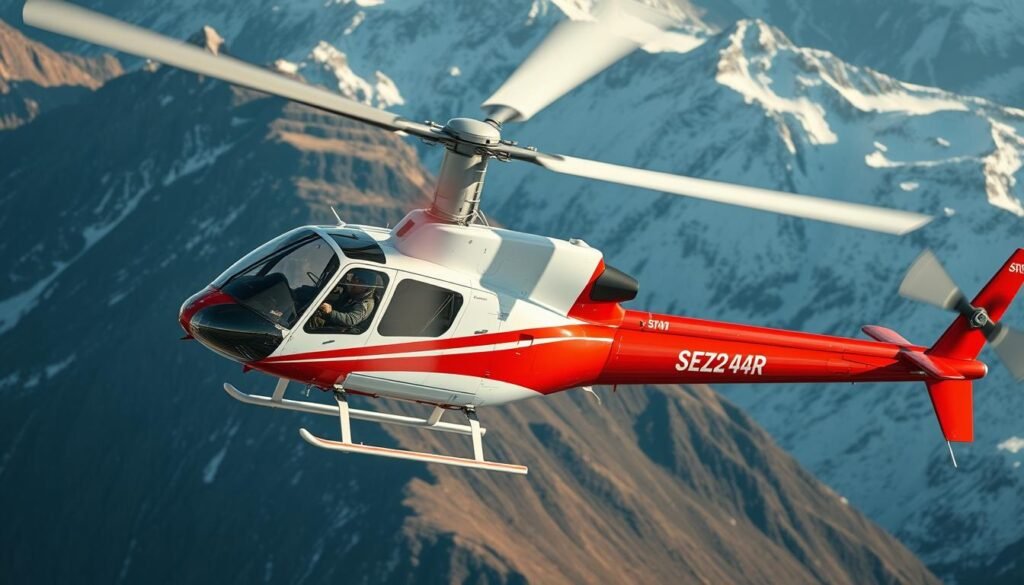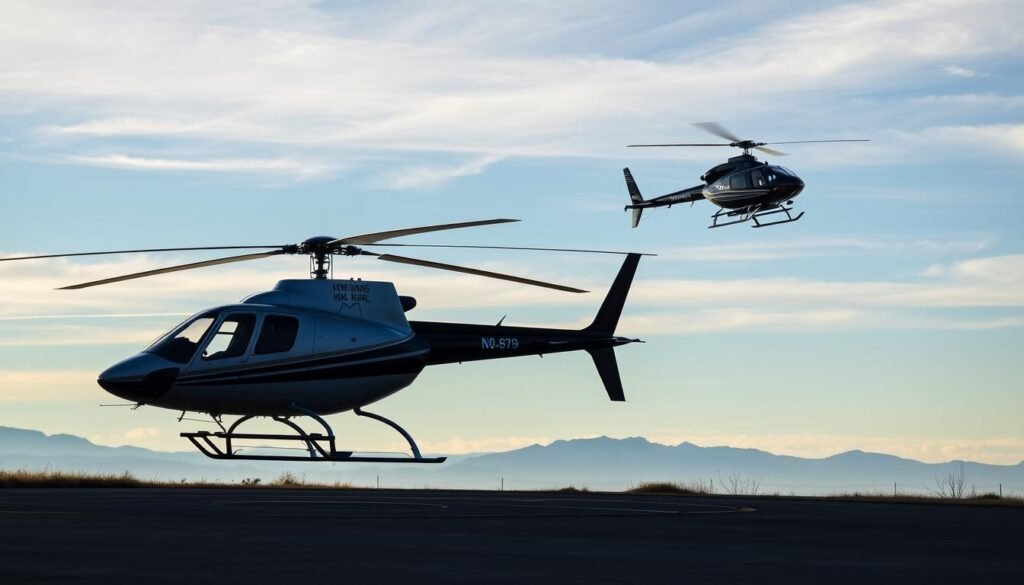The role combines urgent, mission-driven work with steady professional growth and clear compensation steps. Helicopter pilots fly lifesaving search and rescue, maritime law enforcement, and counter-smuggling missions in proven airframes like the MH-60 Jayhawk and MH-65 Dolphin. New aviators start near $65,000 per year, while experienced commanders can exceed six figures when allowances and flight pay are included.
The guide explains base pay by rank, housing and subsistence allowances, special duty pay, and aviation incentive pay that grows with time in the cockpit. It also covers training steps, from initial flight screening through airframe-specific school, and the path from co-pilot to aircraft commander and station leadership.
Readers will get clear figures, realistic expectations by rank, and a look at benefits such as medical coverage, paid leave, and a defined retirement after 20 years. For more on the aviation pipeline and officer entry, see the Officer Aviation careers page.
Key Takeaways
- Entry pay begins around $65,000, with a broad range up to $130,000+ by rank and experience.
- Total compensation includes housing, subsistence, special duty, and aviation incentive pay.
- Mission work centers on rescue, law enforcement, and maritime patrol in MH-60 and MH-65 aircraft.
- Training follows a clear pipeline from flight screening to airframe-specific training.
- Quality-of-life benefits include comprehensive health coverage, 30 days leave, and a 20-year retirement option.
- Career progression leads from co-pilot to aircraft commander, instructor, evaluator, and command roles.
- Explore Officer Aviation careers for entry requirements and the full training path: Officer Aviation careers.
For a full breakdown of helicopter pilot roles across sectors, see our Helicopter Pilot Pay Guide.
Coast Guard Helicopter Pilot Salary
A clear breakdown helps candidates forecast income as they progress in rank and years of service. This section separates base pay ranges from allowances and flight incentives so officers can model total compensation. For real-time salary comparisons, visit Salary.com’s helicopter pilot data.
Base Pay By Rank And Years Of Service
Base pay rises with rank and time in service. Typical officer ranges by grade are:
| Rank | Base Pay Range (Per Year) |
|---|---|
| Ensign (O-1) | $40,000–$60,000 |
| Lieutenant JG (O-2) | $50,000–$80,000 |
| Lieutenant (O-3) | $60,000–$100,000 |
| Lieutenant Commander (O-4) | $80,000–$120,000 |
To compare hourly, monthly, and annual pay formats across roles, visit Helicopter Pilot Salary Per Hour, Month, and Year.
Allowances: Housing, Food, And Cost Of Living
Basic Allowance for Housing typically adds $10,000–$30,000 per year depending on duty station. Basic Allowance for Subsistence adds about $3,000–$5,000 annually.
Aviation Incentive: Flight Pay And Special Duty Pay
Aviation incentive pay can reach $650 per month after two years of flight time. Special duty pay adds up to $250 monthly for eligible flight assignments.
How Location, Rank, And Experience Shift Total Compensation
Total compensation equals base pay plus BAH, BAS, and aviation pays. Two officers at the same rank can have different year-end totals based on station cost of living and flight incentives.
Compensation Snapshot: From Ensign To Lieutenant Commander
- An Ensign may start in the $40k–$60k base range before allowances.
- By O-4, base moves into the $80k–$120k band; allowances and flight pay boost take-home markedly.
- Pilots also earn 30 days of annual leave and comprehensive health benefits, improving overall value beyond salary.
For provider-specific benchmarks, explore Air Methods Helicopter Pilot Salary and Bristow Helicopters Salary Breakdown.
Benefits, Perks, And Quality Of Life
Comprehensive benefits anchor the total rewards package for service aviators and their families. Predictable insurance, generous leave, and family programs reduce financial strain during high-tempo operations and frequent moves.

Health Insurance, Leave, And Family Support
Medical, dental, and vision coverage are provided with minimal out-of-pocket costs, helping crews stay mission-ready.
Members receive 30 days of paid annual leave plus sick time, allowing recovery and family time between deployments.
Family support services on installations assist with housing transitions, child care options, and spouse employment resources.
Retirement, GI Bill Opportunities, And Long-Term Security
After 20 years of service, personnel become eligible for a pension that adds long-term financial certainty to the career path.
GI Bill benefits and tuition assistance support continued education for members and dependents, aiding post‑service transitions.
| Benefit | What’s Covered | Typical Value / Impact | Applies To |
|---|---|---|---|
| Healthcare | Medical, Dental, Vision | Low out-of-pocket; improves readiness | All active pilots and dependents |
| Leave | 30 days annual + sick leave | Time to reset without lost income | All service members |
| Retirement & Education | Pension after 20 years; GI Bill | Long-term security; tuition support | Career personnel and families |
Special duty and aviation incentive pay supplement base pay, but the core value lies in stable benefits that follow members across stations. For a full breakdown of pay and benefits, see pay and benefits.
Training, Career Path, And Advancement In The U.S. Coast Guard
The path from commissioning to winging blends academic indoctrination, simulator practice, and live flight hours across about two years. Multiple commissioning routes feed the aviation pipeline, including Direct Commission Aviation, Officer Candidate School selection for flight training, and the CSPI Wilkes Flight Initiative for officer trainees. For official career paths and aviation roles, visit the U.S. Coast Guard aviation careers page.

Eligibility And Commissioning Routes
Direct Commission Aviation fits experienced military aviators. Officer Candidate School routes take new officers with selection for flight school. The CSPI Wilkes initiative targets officer trainees aiming for aviation. For current military pay tables and entitlements, visit DFAS
Flight School Pipeline: From IFS And API To Wings
At NAS Pensacola, trainees complete Initial Flight Screening (IFS), Aviation Pre‑flight Indoctrination (API), Primary, then Secondary training. Helicopter‑track students finish Secondary in Pensacola; fixed‑wing students go to Corpus Christi. For licensing and military-to-civilian transition guidance, see the FAA’s pilot certification guide.
Aircraft, Missions, And Annual Proficiency Training
After winging, officers qualify at Aviation Training Center Mobile on MH‑60 Jayhawk, MH‑65 Dolphin, HC‑130, or HC‑144 airframes. They return annually for a focused proficiency week to sustain readiness for search and rescue, law enforcement, and maritime security missionsCompare military pay to EMS & Medevac, Police & Border Patrol, and Instructor roles.
Advancement Tracks: Instructor, Evaluator, And Command
Typical progression moves from co‑pilot to aircraft commander, then to instructor and evaluator billets, and potentially to air station command. Advanced degrees in aeronautical engineering, aviation safety, or an operational STEM MBA support technical and leadership growth.
For details on entry standards and the flight school timeline, consult the flight school page.
Final Thoughts
This final summary frames the role as a mission-focused aviation job that pairs steady compensation with long-term benefits.
They earn pay that grows with rank and experience, supplemented by housing, subsistence, and aviation incentives that meaningfully raise total take‑home. The work mixes high‑impact rescue and maritime enforcement flights in platforms like the MH‑60 and MH‑65.
Training follows a clear pipeline from initial screening to airframe qualification, with recurring proficiency events to keep crews ready. Benefits include comprehensive healthcare, paid leave, and a pension after 20 years, creating durable financial security.
Whether you’re flying rescue missions, patrolling coastlines, or transitioning into turbine roles, understanding how employer type, location, and career stage shape pay is key. For a full salary roadmap, revisit our Helicopter Pilot Pay Guide.



